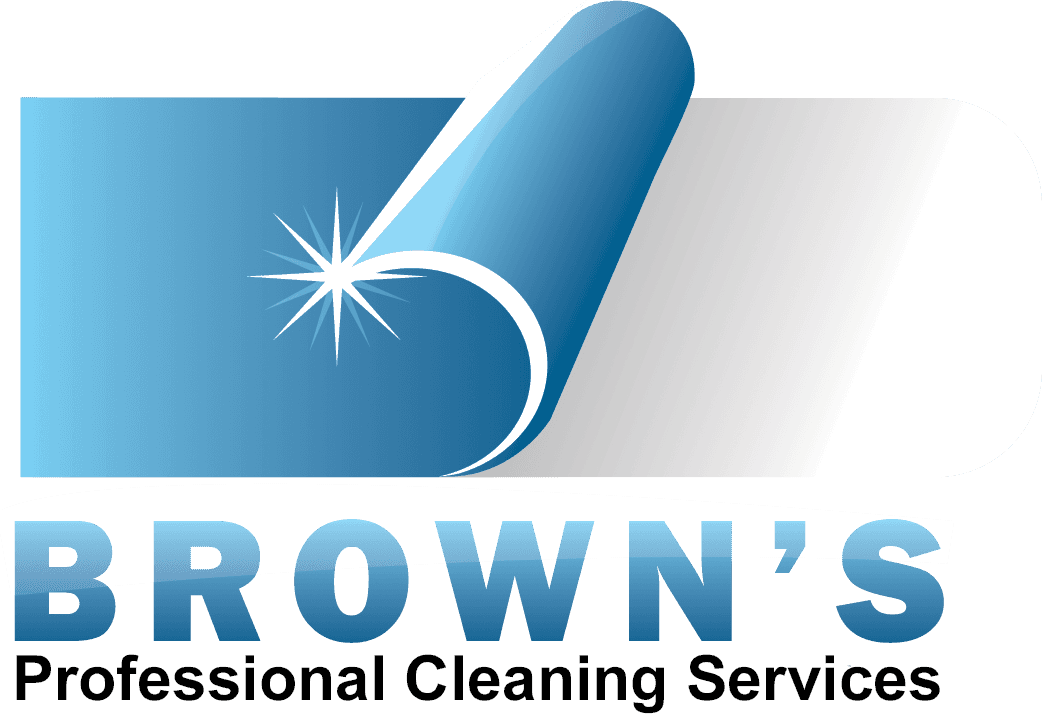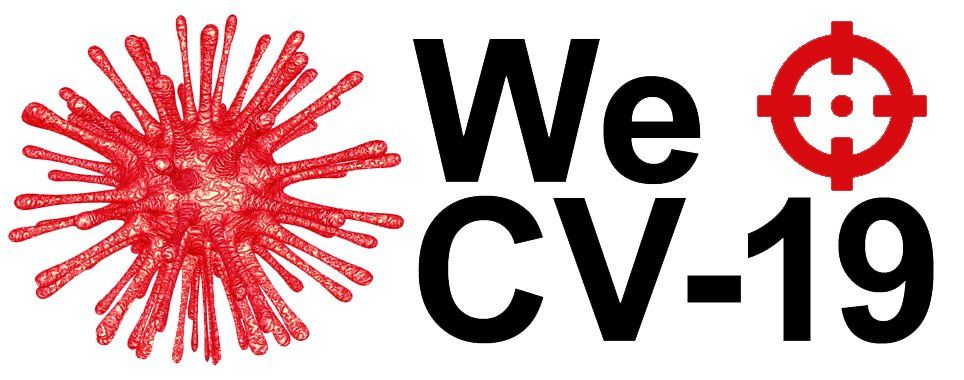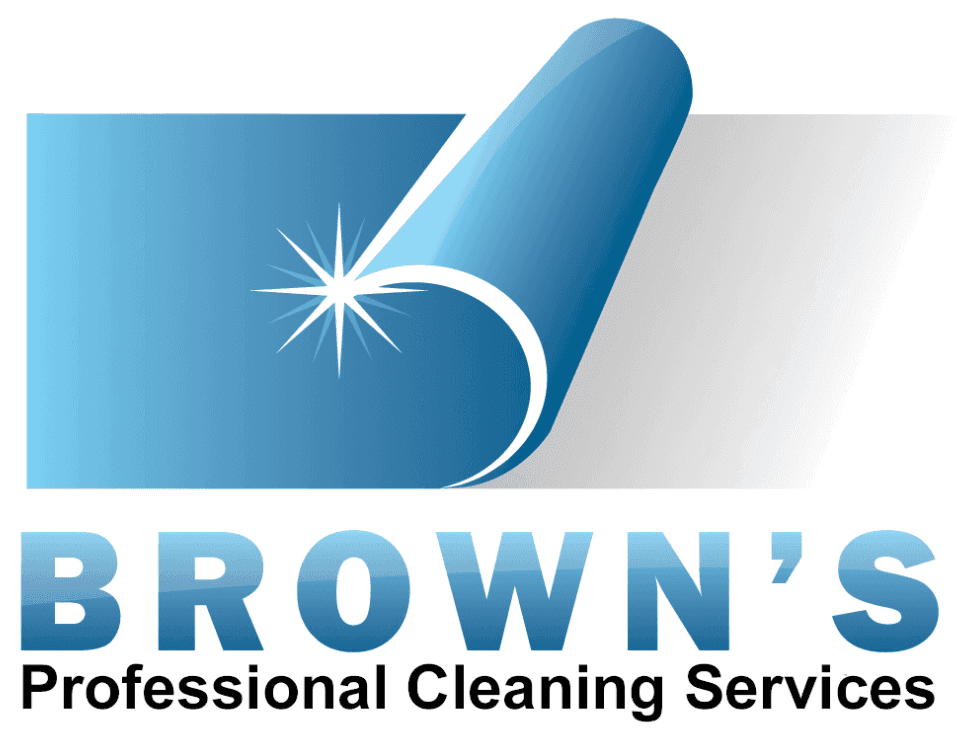The Best Tips for Cleaning Up After A Washing Machine Overflow
A washing machine can be a huge time-saver when you need to clean a lot of dirty clothes quickly. It eliminates the effort that is required to wash clothes by hand. Also, it’s very easy to wash clothes with a washing machine. Just load your laundry in the machine, add soap, start the cycle, and let the machine do all the work.
However, like other appliances in your home, your washing machine can also malfunction. And if this happens, it could result in a washing machine overflow or flood.
A washing machine flood can cause serious damages to your property and possessions, including your flooring, interior walls, documents, furniture, cabinets, and other important things in your home if left unattended for long. Also, it could lead to mould growth. That’s why you must begin cleaning up as quickly as possible after a washing machine overflow or flood.
In this article, we will explore some cleanup tips that can help you prevent extensive water damage after a washing machine overflow. So, let’s get started.
Tools and Equipment Needed for The Cleanup
Here are the tools and supplies that you will need to get rid of the water and mess after a washing machine flood:
- Mop
- Bucket
- Soap
- Towels
- Bleach
- Baking soda
- Wet-dry vacuum
- Pump
- Dehumidifier
- Drying Fans, etc.
A Step-by-step Guide To Cleaning Up After A Washing Machine Overflow
Here are the steps you need to follow in cleaning up after a washing machine flood or overflow:
Step 1: Turn Off Your Main Water Supply Line
The first thing you need to do after a washing machine flood is to turn off the water. It will prevent more water from flowing in and compounding the problem. Consider turning off your main water supply line to fix the problem.
Step 2: Unplug Your Washing Machine
Once you are done with turning off the water, consider unplugging your washing machine. It may stop the overflow if there is a problem with your washing machine drain pipe.
However, don’t press “Cancel” on the control panel of your washing machine. It may cause the washing machine to drain the water, which could make a bigger mess.
Step 3: Clean Up As Much Water As You Can
Next, you need to work to remove standing water. You can use a mop to soak up soap and water. You can consider pumping out the water if the water level is more than an inch from the ground level. Also, you can use a wet-dry vacuum to pull out water from your carpets, rugs, and walls.
Step 4: Look For Damaged Items in Your Home
Once you have removed standing water from your home, it’s time to find and remove damaged items. Depending on how severe the damage is, you may need to replace your flooring, cabinets, and furniture. Throwing away the damaged items in your home can accelerate the drying process and prevent mould.
Step 5: Dry Your Home
Washing machine floods can create a flooded area surrounding the washer. It would help if you considered dry out the site as soon as possible. First of all, turn on your regular house fans. You can also use high-volume drying fans to decrease drying time. Also, place dehumidifiers near damp spots. Consider removing wet carpets and rugs from the room. It will speed up the drying process.
Step 6: Remove The Wet Laundry From The Washing Machine
Remove your wet clothes from the washer and put them in a basket. Consider wearing rubber gloves before removing your clothes from the washing machine. Rinse the soap away completely and hang your clothes in the sun.
Step 7: Remove The Water from The Washer
Once you have emptied your washing machine, use a bucket or wet-dry vacuum to remove the water from your washing machine.
Step 8: Disinfect The Room
Mould and bacteria contained in the water can cause several health issues such as breathing problems, allergic reactions, infections, etc. That’s why it’s a good idea to disinfect the area after a washing machine overflow or flood.
Just combine one cup of bleach with a gallon of water, then wipe down walls, floors, and other areas that have been affected by the washing machine flood.
Step 9: Deodorise Your Home
A washing machine overflow can result in unpleasant odours in your home. First of all, open the windows and doors of your home. This will allow fresh air to enter. You can use baking soda or a deodorising spray to remove unpleasant smells from the room.
Step 10: Restore the Affected Area
Depending on the extent of damage caused by the washing machine flood, You may need to spend a hefty amount of money to restore the damaged area. If the damage is severe, you will want to replace your walls or carpeting. Otherwise, a fresh coat of paint is enough.
Step 11: Repair the Washing Machine
You may need to repair your washing machine before you can use it to wash your clothes as usual. If any of the parts have been damaged, you can search for replacement parts online. However, you may need to replace the washing machine if it is very old or can’t be fixed. A professional technician can give you the right advice in this regard.
A Washing Machine Overflow Causes
There can be many reasons behind a washing machine flood or overflow. Listed below are some of the common issues that can cause a washing machine flood.
- Damaged Water Supply Hoses
Every washing machine has hot and cold water supply hoses. Water underneath and around the base of the washing machine usually means there is a problem with your water supply hoses. These problems can be detected and fixed easily.
However, worn-out or damaged hoses can cause extensive water damage. Consider shutting off the valve immediately to stop the problem.
- Worn-out Tub Seals
Tub seals help keep water from leaking while the washing machine is in operation. Like other washing machine parts, they can wear out over time. This can lead to a washing machine overflow.
- Damaged Water level Switch
When a washing machine overflows while filling, this usually means the water level switch has been worn out. These types of problems mostly happen with top-loading washing machines.
- Loosened Door Latch
In the case of front-loading washing machines, water can leak through the door if the water latch loosens. This can also happen if you put too many clothes in the washing machine or use a detergent that produces excess suds and bubbles.
- Drain Pump Problem
The drain pump of a washing machine has many connections and seals. These seals can wear out over time. This can cause a washing machine flood.
- Misaligned Door Seal
Door seals keep the water from leaking. A misaligned or damaged door seal can cause a washing machine leak.
- Clogged Drain Line
A clogged drain line can cause your washing machine to overflow.
Washing Machine Flood Prevention
Here’s how you can prevent your washing machine from overflowing:
- Don’t use too much laundry soap. Also, refrain from using detergents that produce an excessive amount of suds and bubbles.
- Consider using a lint trap to prevent the drain line from clogging.
- Inspect the drain line regularly.
- Don’t overload your washing machine with too many clothes.
- Turn off the power immediately in case the washing machine overflows.
Insurance Cover for Water Damage Caused by A Washing Machine Overflow
Insurance usually covers the cost of repairing the damage caused by a washing machine flood. But it doesn’t cover the cost of a new washing machine. That’s why it’s a good idea to buy a washing machine with a long warranty.
A Few Important Things You Need To Know About Overflowing Washing Machines
Here are a few important things you need to know about cleaning up after a washing machine overflow:
- Remove your clothes from the washing machine before draining it.
- Wear rubber gloves and use a wet-dry vacuum or a bucket to remove the water from the washing machine.
- If you have water underneath your washer, this usually means you need to replace tub seals.
- Contact a reliable washing machine flood cleanup service to enjoy fast and professional cleaning.
Conclusion
I hope these tips will help you deal with a washing machine flood or overflow. Remember that the average washing machine lasts between six and twelve years.
How long a washing machine will last largely depends on how often you use it. You can go through other reliable online sources to find more tips and advice regarding cleanup after a washing machine overflow.
The post The Best Tips for Cleaning Up After A Washing Machine Overflow appeared first on Ministry of Cleaning.




